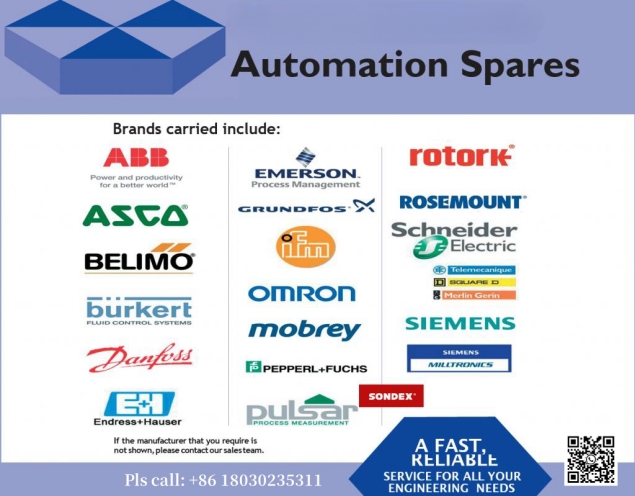Using a myriad of technology including sensors, lidar, infrared and machine vision, mobile robots are
now able to operate in less stable environments. This means that mobile robots are no longer simple,
guided machines they are intelligent devices that can respond to environmental changes. To use an analogy,
an AGV is more like a bus, following a pre-determined route, whereas AMRs are like taxis, they’ll go
wherever is required.
AMRs will extend the benefits of collaborative robotics, or cobots, into applications that require movement
around a facility. In fact, KUKA’S KMR iiwa is a cobot mounted on a mobile robot, combining the strengths
of a robot arm with those of a mobile technology.
At the moment, robotics manufacturers are working hard to develop mobile robots that overcome challenges
in power, payload and navigation. Mobile robots by nature, charge themselves, but to get the most out of the
fleet requires optimised, intelligent charging. To achieve this, WiBotic has developed wireless charging solutions
to enhance the working efficiency of robot fleets, maximising battery life for each individual robot and creating
an operational plan for batteries of the entire fleet.
While many vendors are still offering the traditional AGV technology that has served us so well until now, the
advanced navigation and obstacle avoidance of AMRs are causing manufacturers to make the move to mobile.

|
BRC410 SPBRC41000000 |
|
SDCS-CON-2B |
|
DS200TBQAG1A1 |
We still have a lot of PLC/DCS/ESD/TSI automation spare parts module in stock, contact us quickly for prices.![]()
|
|
|
|
|
|
|
|
|
hu18030235311 |